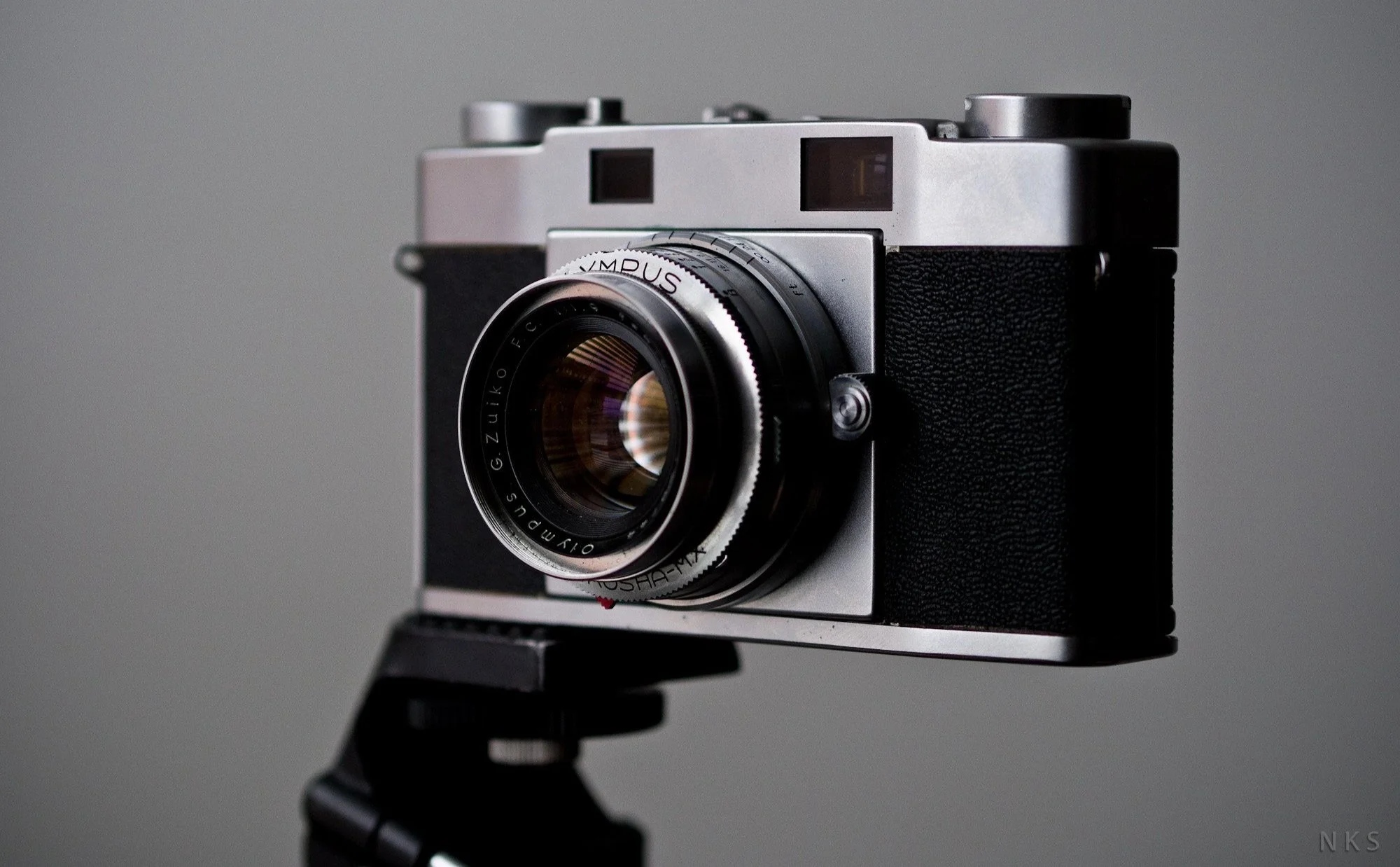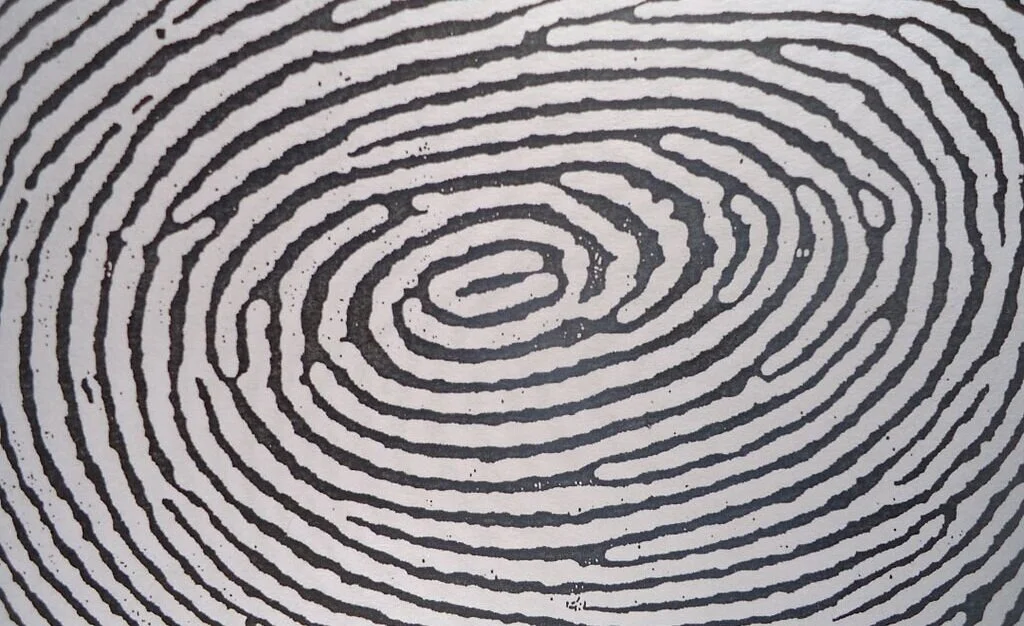Photography's Chilling History of Deception
CW: child abuse, anti-semitism and racism.
Whenever a photograph is taken, there is always an objective. The objective can be positive, such as capturing a beautiful landscape, a delicious meal, or a cherished memory. But a photograph can also be used to deceive, manipulate, or humiliate subjects. When photography was invented, it was impossible to predict the way in which it would be used to categorize and destabilize. Over the last few years, deep fakes and editing programs have become possessively dominant inside the realms of social media, but the manipulation in visual imagery is not a 21st-century event; it is something that has plagued photography from the beginning.
The adage: "A picture is worth a thousand words" is darkly telling. The eugenics movement found a ready accomplice in the camera. In the 1880s, the movement’s creator Francis Galton developed the first composite photograph by combining a number of negatives from different subjects to create a new, blended image that did not exist in the natural world. Most infamously, he created composites of criminals and other groups he deemed socially inferior to “reveal” certain character traits buried in physical appearances. This use of the pseudoscience physiognomy was intended to show that certain facial features indicated a certain “type” of person. Composite photography quickly became an excellent weapon for visual manipulation in the promotion of eugenics and the characteristics of the “fit” and “unfit” in society.
Photography composites were also used in the hallowed halls of the world's most recognized universities. In 1887, Harvard University popularized and circulated a composite class photo of an exemplary undergraduate. He was white, handsome with demure eyes, and appeared to be wearing professional clothing. However, the man featured in this photograph never actually existed. Like the composite created by Galton, this image, created by Charles O. Lovell, was composed of dozens of carefully placed portraits on a single negative to represent the perfect Harvard graduate. As the immigrant population in Boston grew, Harvard’s community of white, wealthy men wanted a physical representation to assure them that the future of America would share their same personal and physical characteristics. He would be educated, white, and worthy of placing on a mantle to be gazed up at in awe. By some accounts, a female Radcliffe undergraduate composite was created as well, using a similar method to compile the most desirable traits of female students into one image to whose likeness students could aspire.
“[T]he manipulation in visual imagery is not a 21st-century event; it is something that has plagued photography from the beginning.”
At this point in U.S. history, the country was facing record immigration numbers. Such an influx led an increase in the support of nationalistic ideals about keeping the country’s population “pure.” White Americans flocked to the idea that the human race could be elevated to new heights through the power of science, finding backing and support from universities, capitalists, and the brightest scholars of the time. An example of such efforts was the "Fittest Families" contests, which were held to award prizes to the healthiest, ostensibly fittest, white families. The U.S. used both photography and film to shape the public's opinion of what a “good” and “fit” family looked like. These contests, sponsored by organizations including the The Red Cross, used officials, such as medical doctors, to judge families in categories of overall health and attractiveness. Winning families’ photographs were heavily publicized, and the circulating photos reinforced similar ideals as the Harvard's composite photograph: that the model American was attractive, white, and physically strong and healthy. Such presentation of the “ideal” person is not unfamiliar in the age of social media. The presentation of these families is not so different from carefully curated social media platforms that showcase only the best, brightest, and most alluring view.
On an even more sinister note, photography was commonly used to document the experiences of young First Nations, Inuit, Metis, and Native American children, who were subjected to the confinements of the residential “schools” in North America. The institutions, as they ought to be labeled, were built by the governments and the Catholic Church to assist in creating a more “humane” approach to absorbing Indigenous children into Western society. In reality, the schools were built with the purpose of committing cultural genocide. Captain Richard Pratt founded the Carlisle Indian School in 1879 and articulated a systematic program of cultural extinction, arguing that: “The Indian must die as an Indian and live as man.” The schools were truly prisons built on the foundation of eugenics, which viewed Native American, First Nations, and their equals as a threat to society and a scourge upon the so-called noble races.
Photography became a weapon within the institutions to deceive the public into believing the children were appreciated and cared for and becoming ideal members of society. The children in the photographs were dressed in stereotypically “white” clothing and separated into gendered groups of boys and girls. Sometimes, they were made to pose doing local activities, such as playing hockey in the Canadian residential schools, to promote the visual lie that they were happy, exercised, and well-fed. The publishers of the photos recognized how powerful photography and the circulation of these happy children could assist in keeping the truth hidden in plain sight. The photos were maliciously and purposely designed to perpetuate the myth that these schools were paradises for young children rather than a death sentence. Despite what the posed photographs portrayed, the schools were unfunded, and children were often in danger of dying from disease and starvation and subject to rampant and heartbreaking abuse. As CTV News Reports, over six thousand graves have been discovered at these institutions to date, and it can only be assumed more will be found as the search continues.
Across the ocean, as the National Socialist Party rose to power in the late 1920s and early 1930s, its officials followed Francis Galton’s lead in pairing the photograph and eugenics. Hans F. K. Gunther, Heinrich Himmler's mentor, was one of the most prominent race theoreticians in Nazi Germany and widely used photography to perpetuate his ideas of creating a “pure” race. The Nazis often used circulated propaganda, such as the infamous The Mastermind poster, where six prominent Jewish businessmen were publicly shamed as the reason behind Germany's defeat in the First World War. These photos of the businessman were aimed to curate public trust in the government and perpetuate the idea that Jews had a direct hand in the nation's international defeat and subsequent economic depression. The pictures of the men are small, but below them, each man’s crimes are emphasized in large, bold black letters—tying the crime to his visual identity.
“It is up to the everyday onlooker to remain vigilant in analyzing what they view and what potentially distorted ideals emerge from their consumption.”
Posters like these show that manipulation in photography is a pendulum: As it can display dark truths, it can equally promote visual lies beautifully. In 1936, a photo of a humble looking Adolf Hitler posed with factory workers was circulated to promote an image of a relatable, “down to earth” Führer. Careful and intentional posing give a seemingly “natural” look to his interaction, as if the photograph was innocently captured. By tailoring the view and hiding what is just outside the frame, these examples of visual lies crafted a specific, manipulated perspective for the viewer.
Even if photographs have been manipulated, they can be telling of certain agendas or perceptions in history that were modified and customized. By studying photographs analytically and objectively in the context of their situations, we can learn about new areas of the past and bring into the future acceptance and tolerance for those previously slated to be forgotten.
As history shows us, the practice of visual manipulation is not a recent or modern practice exclusive to social media. As social media becomes even more intrinsically connected to everyday life in the 21st century, the images used on these platforms should be scrutinized now more than ever before. It is up to the everyday onlooker to remain vigilant in analyzing what they view and what potentially distorted ideals emerge from their consumption.
Further Reading
War Against the Weak: Eugenics and America’s Campaign to Create a Master Race by Edwin Black
Eugenics, ‘Aristogenics’, Photography: Picturing Privilege by Kris Belden- Adams
For resources pertaining to the Truth and Reconciliation agreement, please visit: https://www.rcaanc-cirnac.gc.ca/eng/1450124405592/1529106060525
Image credit: Nick Stanley via Flickr | CC BY-SA 2.0)






